33 home renovation mistakes you should avoid
How to remodel the right way
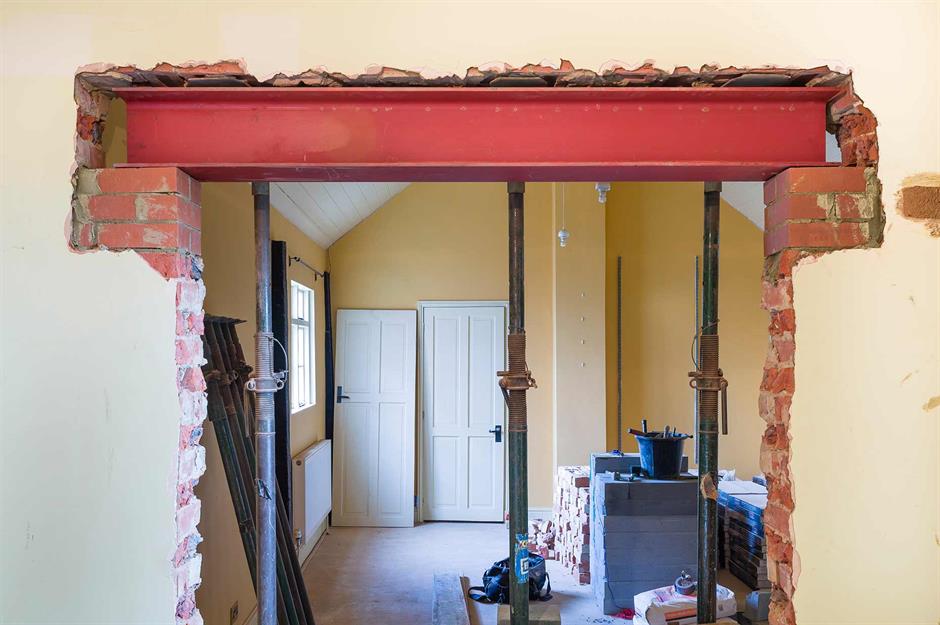
Remodelling a house can be a great way to turn a tired building into a dream home, but taking on such a big project isn't always smooth sailing. There are always snags along the way, from delayed deliveries to unforeseen structural problems and design oversights.
Click or scroll to be prepared for the problems that might crop up and discover the most common home renovation mistakes...
Planning permission oversight
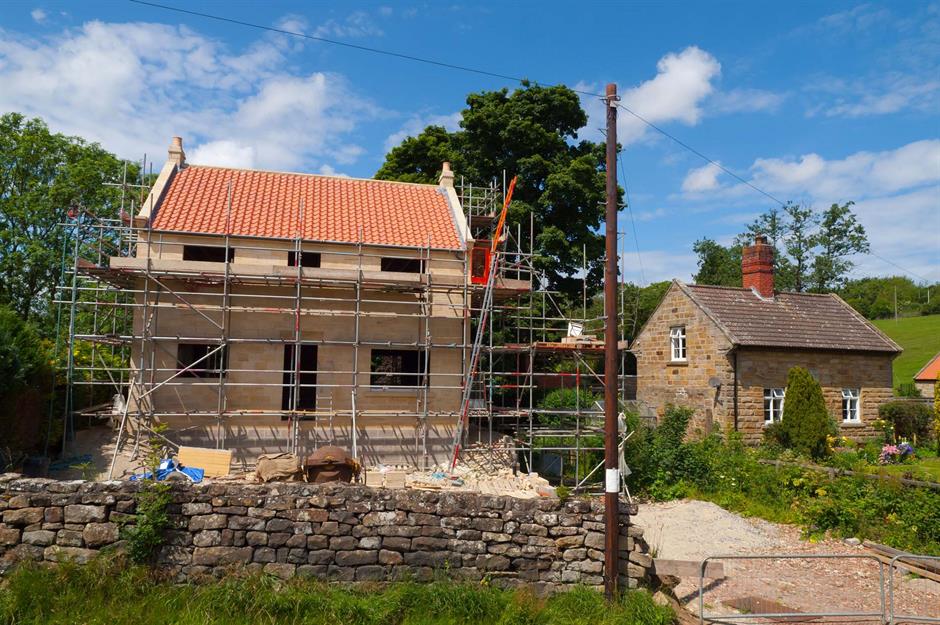
House extensions are marvellous for adding more space or redesigning a floor plan. However, not going through the right channels is a criminal offence that could prove costly.
Some types of extensions fall under permitted development and don't require planning permission, but you will need to do your research as regulations regularly change, and your home's location and age could affect your rights.
It's always best to contact your local authority in advance because failing to follow the law could result in a hefty fine and any work being taken down.
Not discussing ideas with your professional team
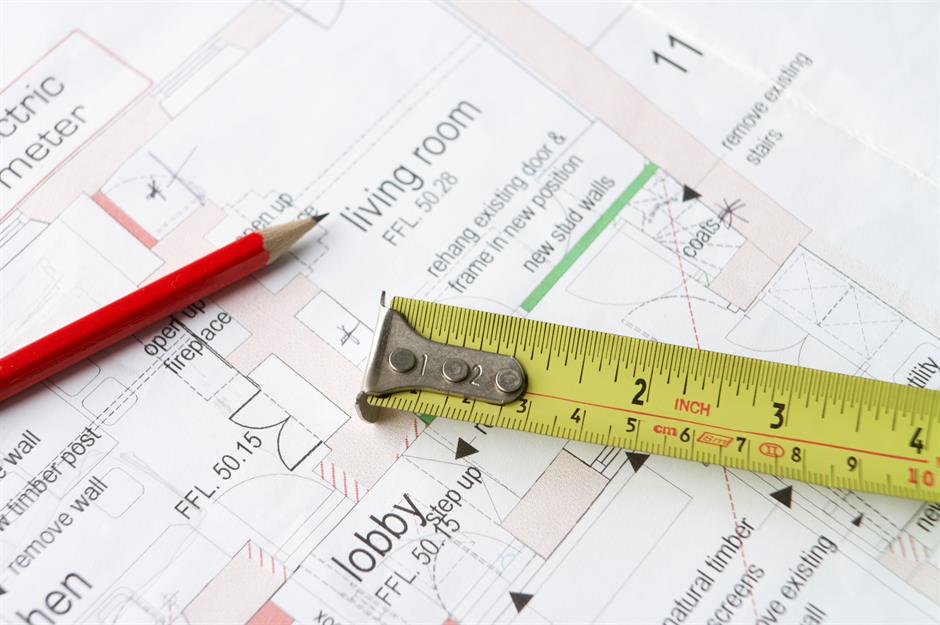
Not discussing ideas with your professional team could lead to issues with quality or functionality. Your builder, contractor, architect, or project manager will have plenty of experience helping people transform their homes, so they may have expert advice that they're willing to share.
They might be able to suggest alternative design solutions or even more cost-effective materials. So, try to be as flexible as possible but stand your ground if you have your heart set on something specific.
Trying to do too much yourself
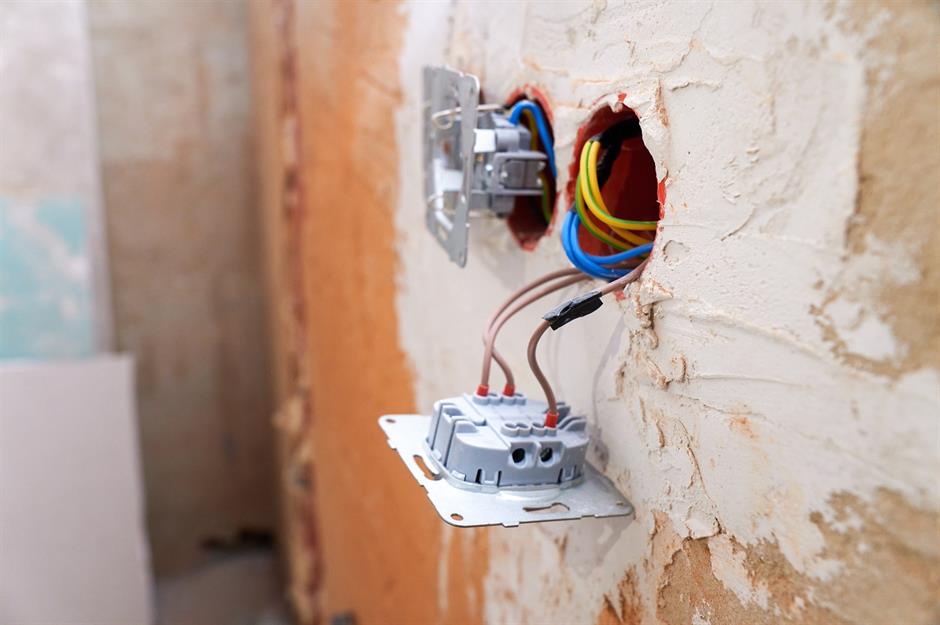
While it can be tempting to take on the majority of the work yourself, doing so could not only lead to accidents but also delays and expensive remedial works later down the line.
It's also essential that you hire a professional for certain jobs if you have no prior knowledge or experience. For example, it's never advisable to tackle electrical, gas, or plumbing work yourself.
Other dangerous DIY jobs include demolishing walls with no expert guidance, removing asbestos and tackling roof repairs.
Not paying for goods and services with a credit card

Credit cards are one of the safer payment options since they come with fraud protection.
In the UK, "Section 75 makes the credit card provider jointly liable with the retailer if something goes wrong," Money Saving Expert explains. If you buy something costing more than £100 and less than £30,000 and it turns up broken, faulty or doesn't arrive at all, the card company has a legal responsibility to refund you.
This also applies to services, and even if you've just paid a deposit on your credit card, you'll be covered for the whole amount.
Not considering ventilation and temperature
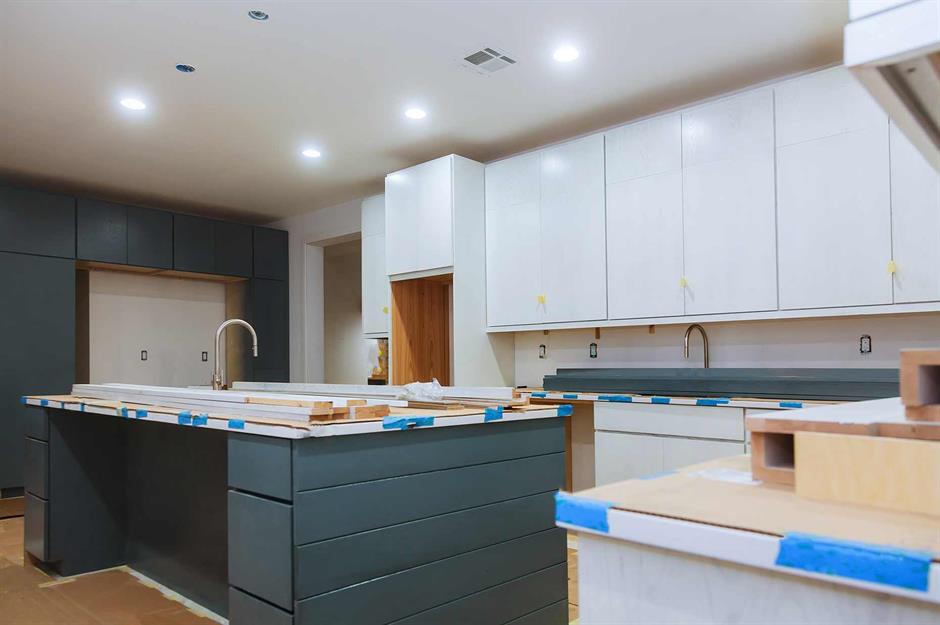
Good ventilation helps your home expel moisture, odours and indoor pollutants, so if you fail to consider the correct level of ventilation, you could end up with excess condensation, damp and mould.
Ventilation is essential in hot and humid parts of the house, such as the bathroom and kitchen. An extractor fan creates a well-ventilated room, while windows that can be opened will also enable you to ventilate these key corners of the home.
Make sure you consider room temperature too, as sun streaming through untreated glazing can heat a room fast. Generally, south-facing rooms will bask in sunlight all day, so go for good airflow. North-facing will be cooler, so you may need heating.
Renovating too soon

If you've just purchased your home and it's in a habitable state, it's a good idea to live in it for a little while before beginning renovations. This will give you time to figure out what does and doesn't work and, more importantly, how you use the house.
From where you drop the groceries and how the living zones flow, to where the coldest and warmest corners of the house are, it'll help you hone a practical and comfortable design rather than purely focusing on aesthetics.
Neglecting natural light
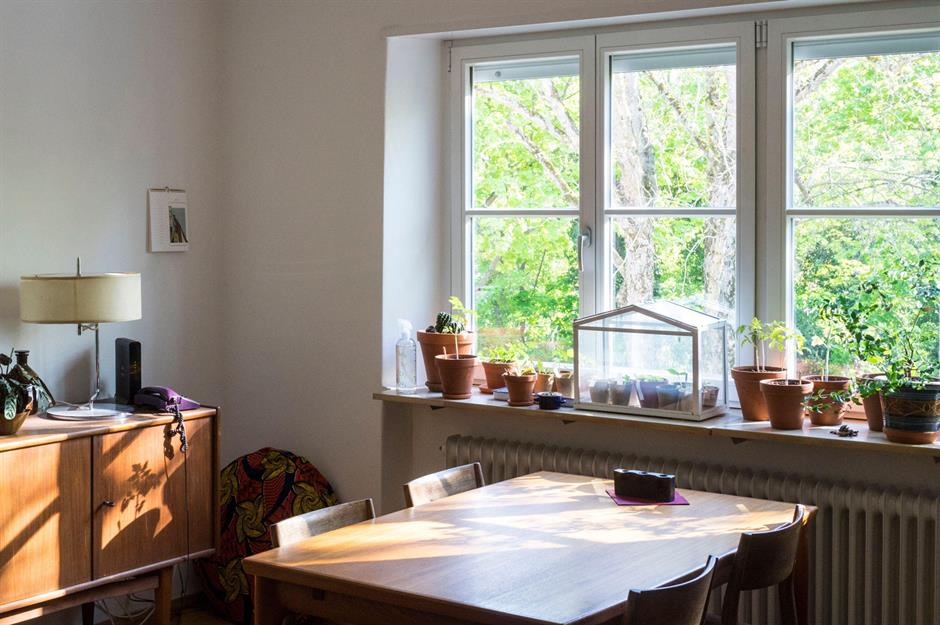
One thing you can't see on a floor plan is the way natural light can shape a room. Get to know how different spaces in your home feel as the sun shifts through the day before you lock in a layout.
For example, you'll likely want your key family living areas to benefit from the most light. You can boost levels with glazing options such as glass patio doors and large picture windows.
Meanwhile, more occasional rooms like snugs and guest spaces can occupy darker areas of the house.
Not having a plan
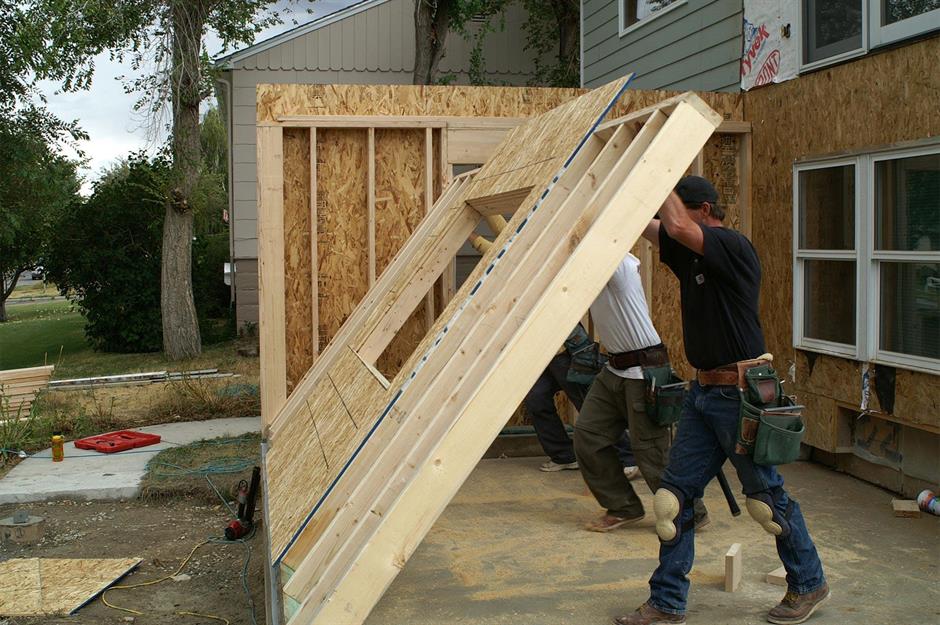
A half-hearted renovation plan can lead to unnecessary stress, spiralling costs and a never-ending work schedule. The more decisions you make beforehand and communicate effectively with your contractor, the better. If you're working with a tight budget and your timeline is less constrictive, concentrate on tackling the most-used rooms in the house first.
Doing a little work across a lot of rooms will only lead to frustration and leave you with an array of unfinished living spaces.
Try not to change your mind too many times during the build, either, as it's likely to run up the cost and lead to delays. It's worth remembering, though, that unforeseen challenges and issues can arise during a renovation, so you may need to compromise along the way.
Going with the cheapest quote
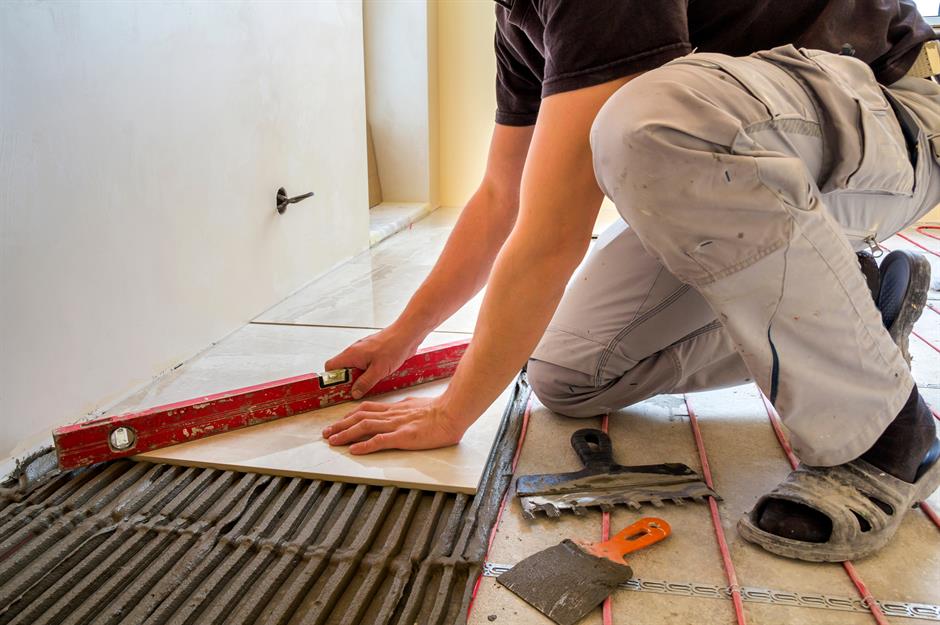
Don't choose your builder or contractor on a whim or without research. Always get a few quotes, don't be afraid to ask for references or case studies, then check them out on 'word of mouth' forums and social feeds.
Don't base your selection on price alone; good communication is key when sticking to a construction plan, so it's important you not only feel comfortable around your contractor but can get on with them, too.
Running out of time
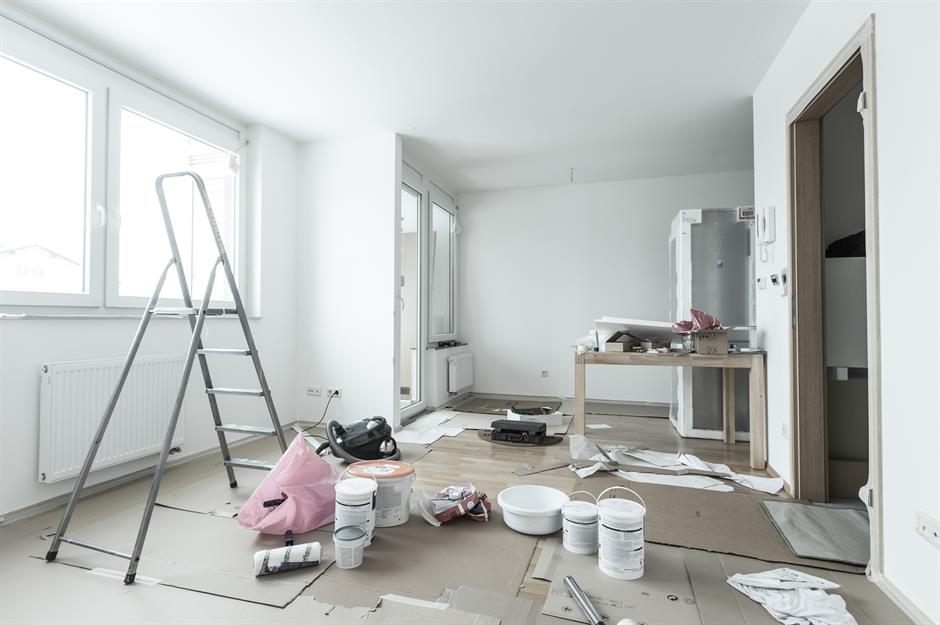
Never underestimate the time it takes to renovate or remodel your home. Set out a realistic schedule with your contractor before the job starts, outlining every task and when, roughly, it will be carried out.
Include who is doing what and the budget for each task. Build in extra time for delays in materials or unforeseen problems, such as rotten floorboards or faulty wiring, along the way.
Cutting professional corners
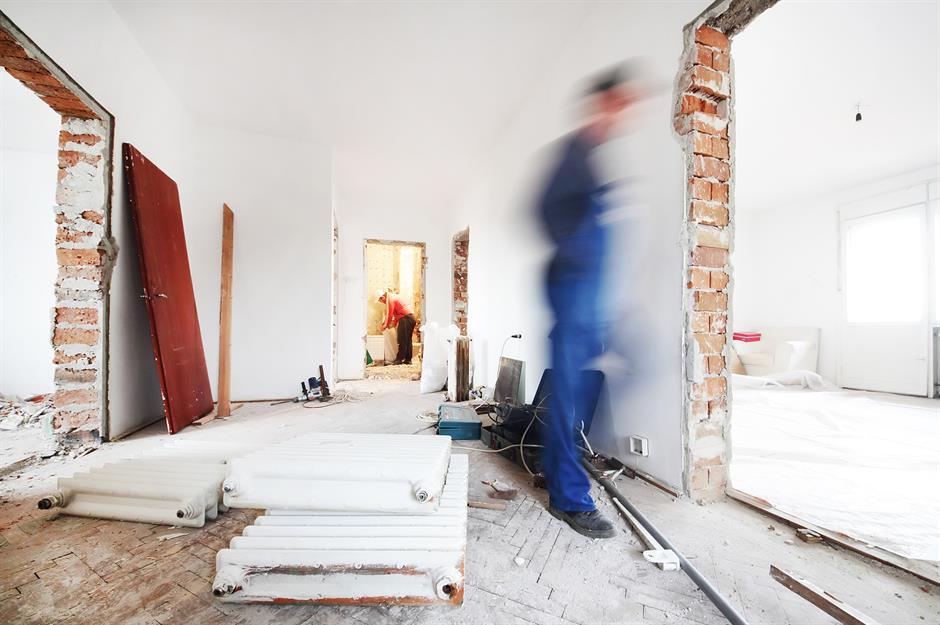
Depending on the size and type of renovation, you may need to consult other specialists, which come with extra costs.
As well as a builder or contractor, you may need to hire an architect, structural engineer, quantity surveyor, or council planning officer, who will help you to fine-tune your design or sign off the works.
Voiding your existing home insurance
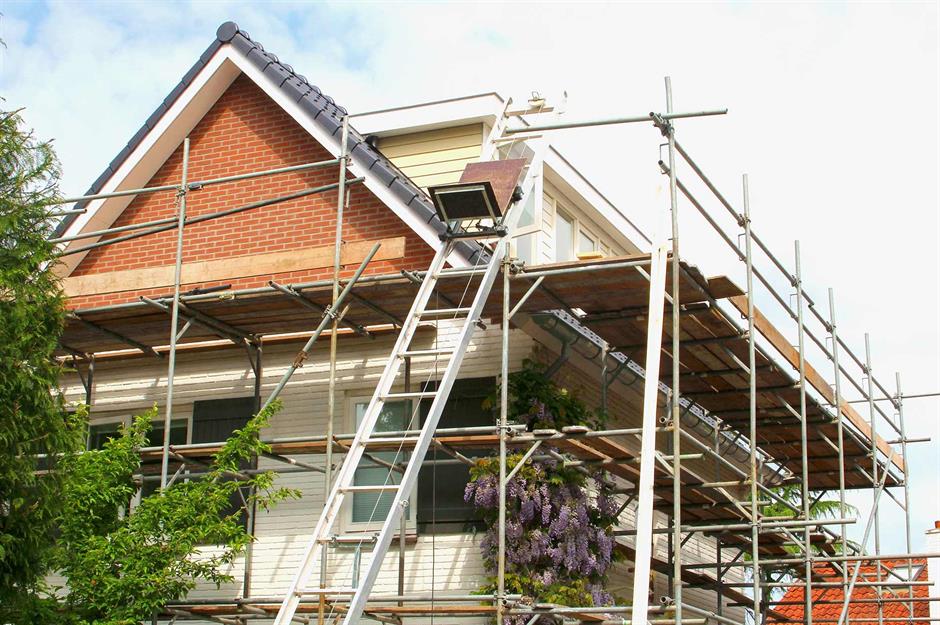
While some home insurance policies will offer cover for minor decorating projects and DIY, most won't cover you for a major renovation.
To ensure you're covered should disaster strike, call your insurer before you start work to check what your policy covers and, if necessary, put renovation insurance in place.
You may also need to arrange for extended cover if you intend to leave your home unoccupied while work is being carried out. Structural warranties can also protect you, should anything go awry during the build.
Measuring wrong
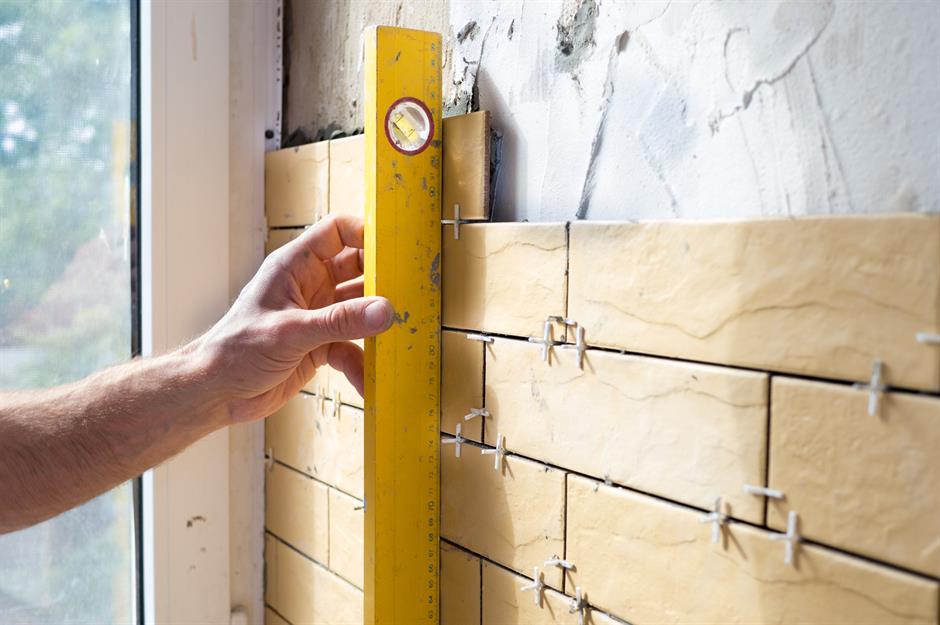
Not having the correct measurements seems like a rookie mistake but it's more common than you might think. The simple task can be costly and set your schedule back, so measure accurately twice to avoid frustrations further down the line.
If you don't feel up to the task, it's worth asking for help from someone who may have more experience.
No contingency fund
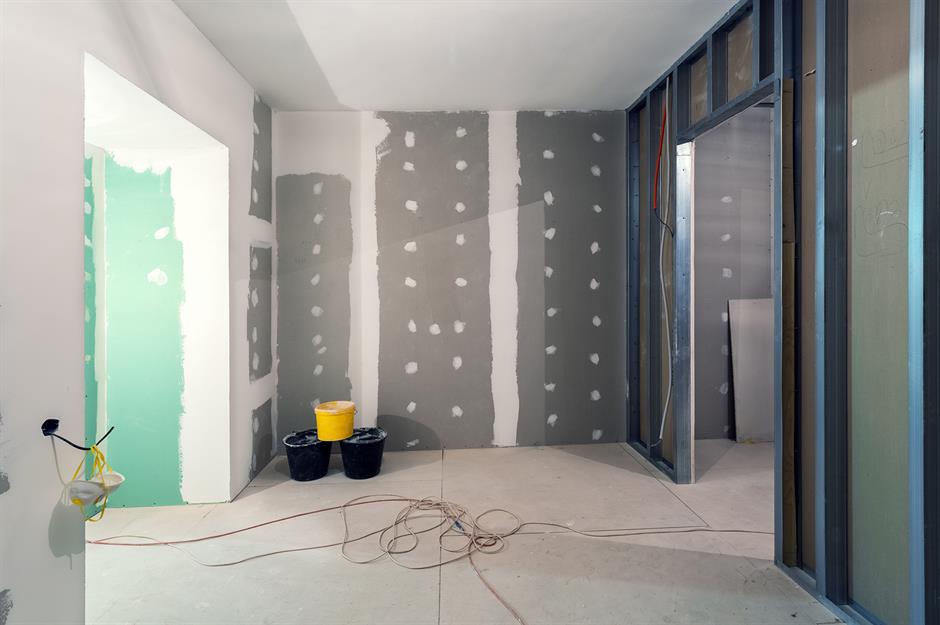
Don't make the mistake of thinking nothing will go wrong.
There are always hidden hiccups and extra costs that crop up, so try to have an additional 20% of your overall budget set aside for any unexpected issues or for any final snagging work.
Otherwise, you might have to live in unfinished rooms, or end up with fees that you can't afford to pay.
Dismissing doorways
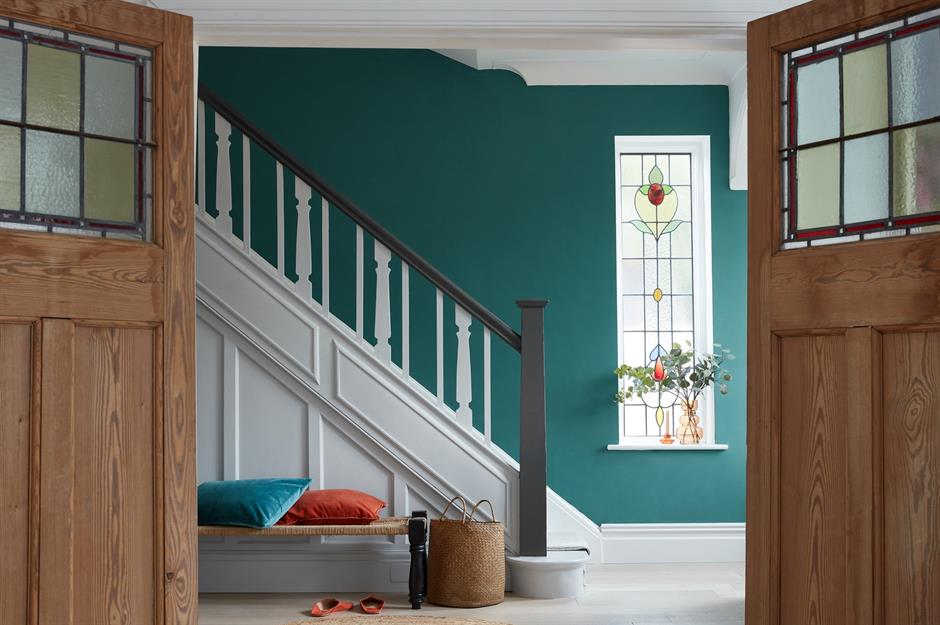
Don't forget function as well as form. Many forget the importance of internal doors when designing a house, but their placement can greatly affect your interior.
Map out all the door openings in the design plan, as they'll need to open comfortably. Consider which way they will open. If a door opens into a room, it will reduce the space left for furniture. Will the door be hung left or right, and is there enough space for full capacity opening?
Underestimating drainage
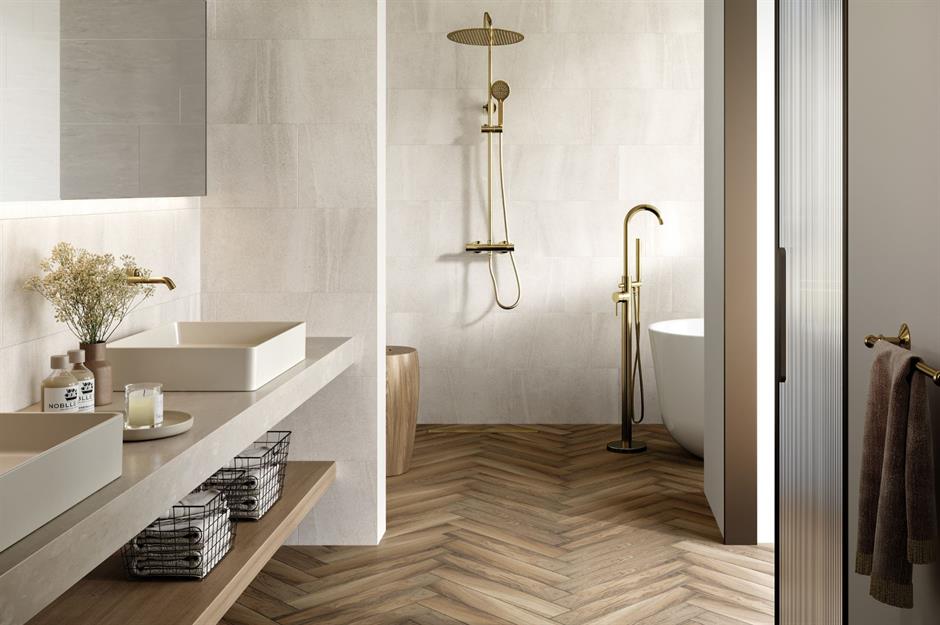
A wet room sounds luxurious, but if you get it wrong, it can be a water-logged nightmare.
The drainage system needs to have an efficient capacity for the water flow rate, and floors need to have the correct recommended gradient in the direction of the drain location.
Knocking down structural walls
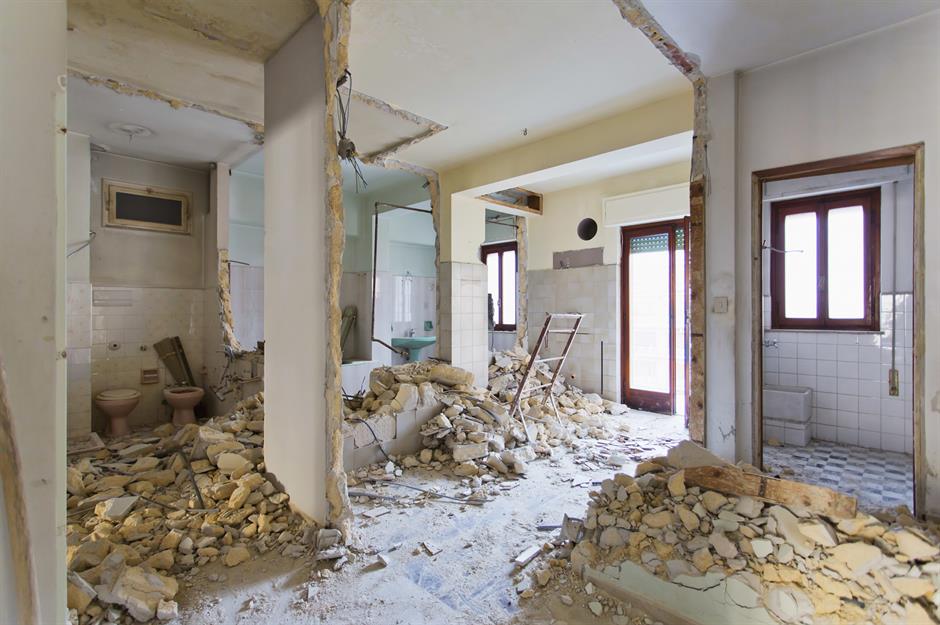
If you are planning on removing walls, then bear in mind most of them have a structural purpose, so knocking them down without seeking expert advice could leave you with costly repairs, or worse!
Seek the expertise of a structural engineer or trusted builder, who will know which are load-bearing and if there are pipes and wires within them that need moving first. Support beams may be required, and while these will add to your budget, they can be a fantastic focal feature.
Basement bloopers
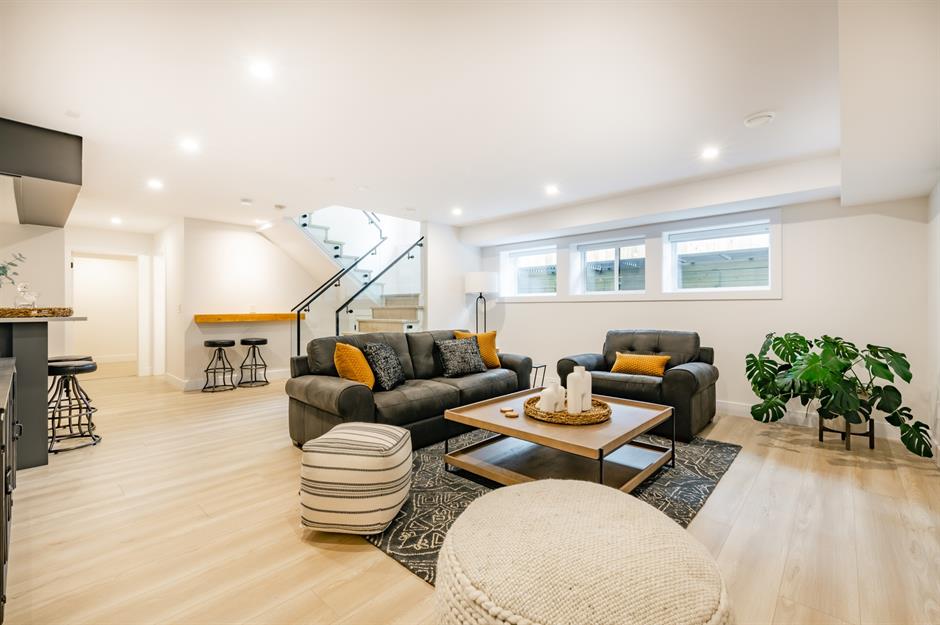
A basement conversion will add more square footage but the conversion work and costs can be easily underestimated. For example, the floor may need to be lowered to provide enough head height and a full damp-proofing course could be required.
Ask these questions before you begin: Are the ceilings high enough? Is there any damp or flood risk? How will daylight enter the room? Are there any bulky items like furnaces that need to be hidden or even moved?
Insulation impediments

Efficient insulation will ensure your new rooms are warm or cool (depending on the climate) and will help your home retain heat, ultimately keeping energy costs down.
Special attention needs to be given to loft conversions, basement changes, garage remodelling, and glazed structures, so it's always worth speaking with a specialist before getting started.
Skipping storage
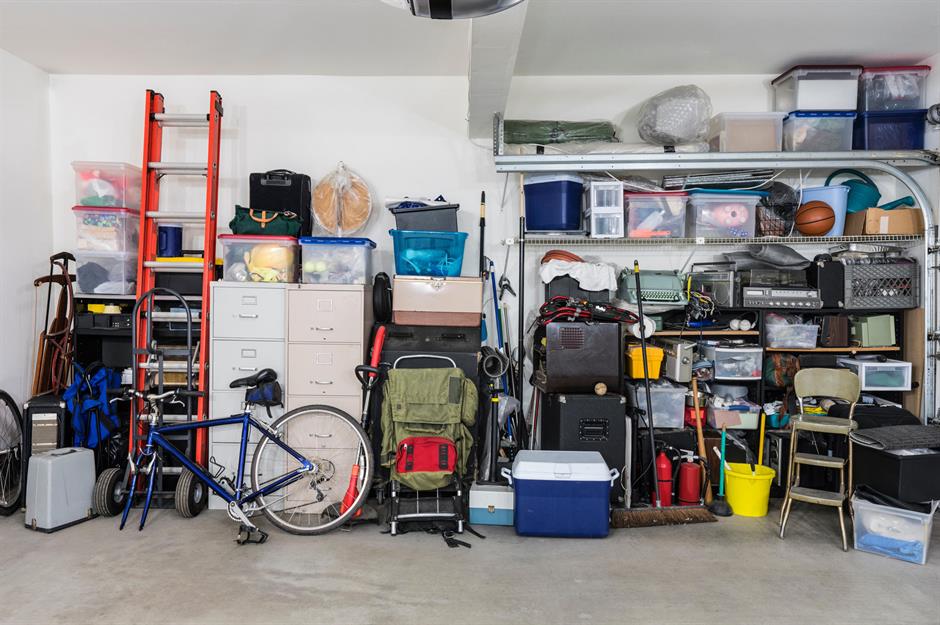
Forgetting to allocate storage could be an impractical hiccup and, in the long term, even devalue your home. Design your new layout to maximise every inch of your space and meet your exact storage needs.
Simon Tcherniak, Senior Furniture Designer at Neville Johnson, explains: "As we acquire and retain more and more, we all need more room. However, as property sizes get smaller and space becomes more of a premium, we look at innovative, clever storage solutions to aid us in achieving an uncluttered, streamlined lifestyle. Sometimes going bespoke and built-in is the only option for this."
Ignoring the environment
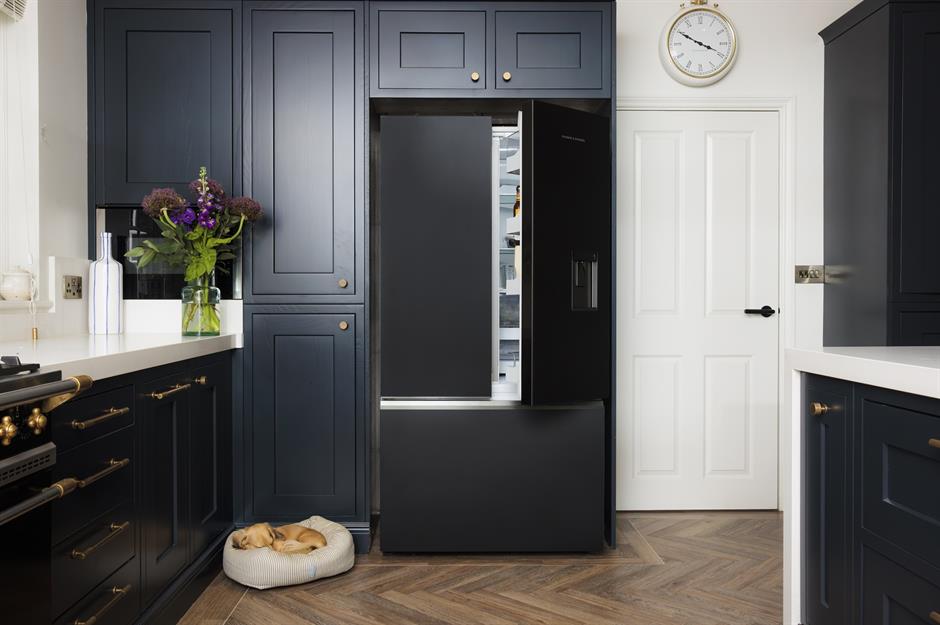
Consider the environmental footprint of your house before you renovate. Are there eco-friendly appliances you could incorporate into your design, such as an energy-efficient dishwasher that uses less water?
Don't forget about the waste materials from your project, too. These can often be taken to a recycling centre, or you could even advertise surplus bricks and leftover wood pallets on local selling sites for reuse. Or even better, you could source salvaged materials for your renovation.
Scrimping on outdoor materials
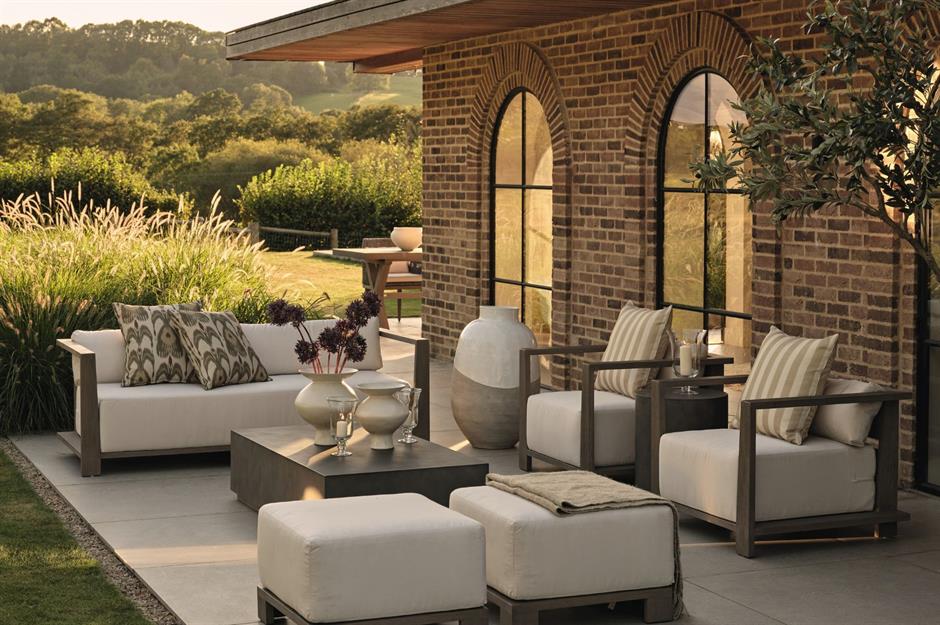
With outdoor space at the top of many wish lists, spending time and money making your garden gorgeous will undoubtedly pay off. Choose good quality materials that will weather well and last for decades to come.
Do your research too and select elements that have innovative installation systems, such as DIY-friendly composite decking tiles, to simplify, streamline and speed up the process where you can.
Ignoring regulations around wood-burning stoves
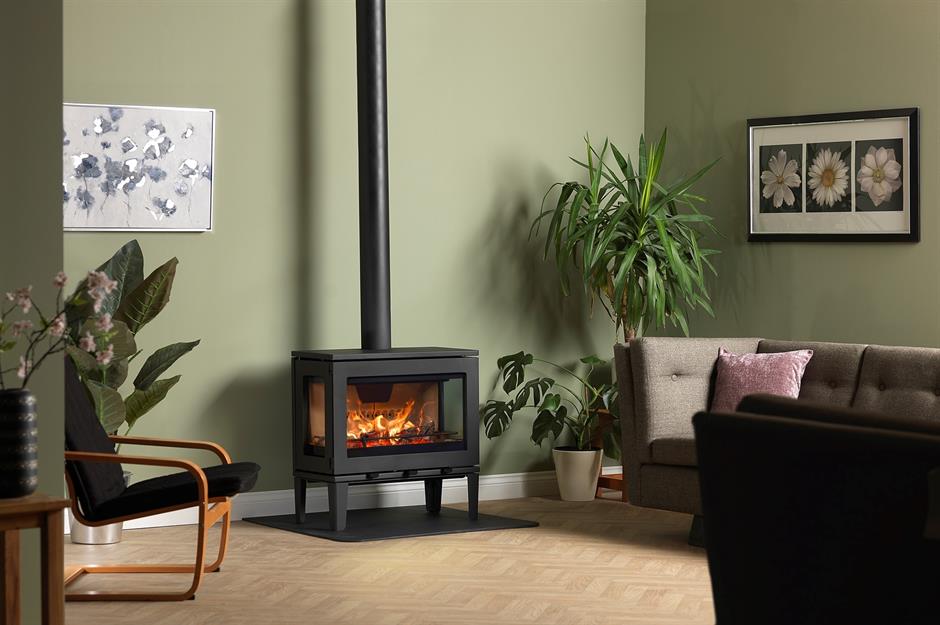
While a wood-burning stove may seem a desirable asset in a home, it can come with its own set of hazards, concerning both the environment and your health. Do your research and choose an Ecodesign Ready Stove to comply with the government's Air Quality Strategy if you're located in the UK.
In terms of installation, there are regulations to follow and cutting corners could create a dangerous home hazard. Even an existing old fireplace will need reconditioning to accommodate a modern eco-design wood burner safely and efficiently.
Forgetting loft limitations
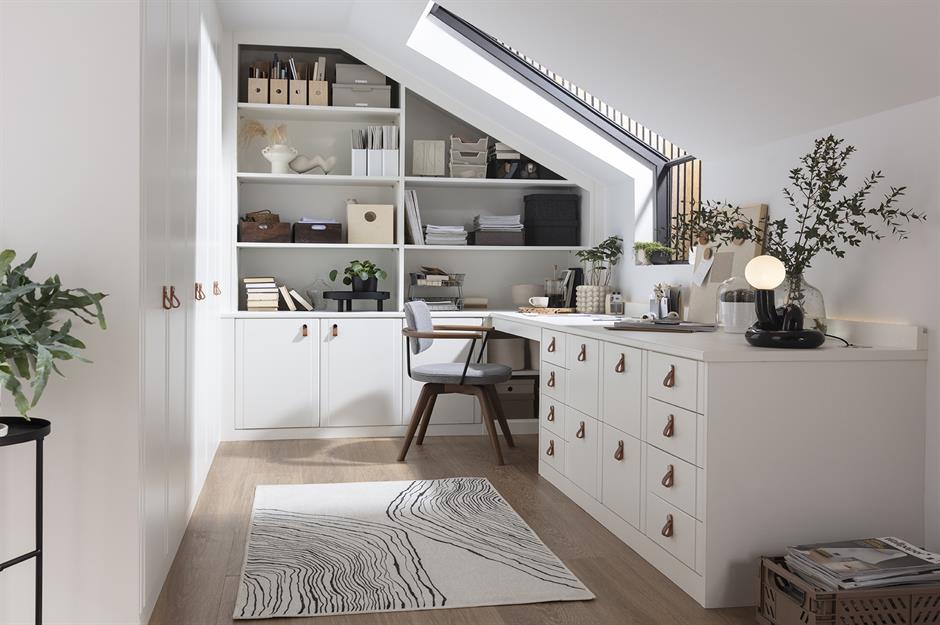
A loft conversion is a great way to extend your home without losing garden space, but it's a big job with lots that can go wrong.
There needs to be a minimum head height, additional light, and heat sources and don't forget you'll lose a lot of storage space in the process. In addition, you will need to take space from another room or the landing to provide access stairs.
Bi-fold door blunders
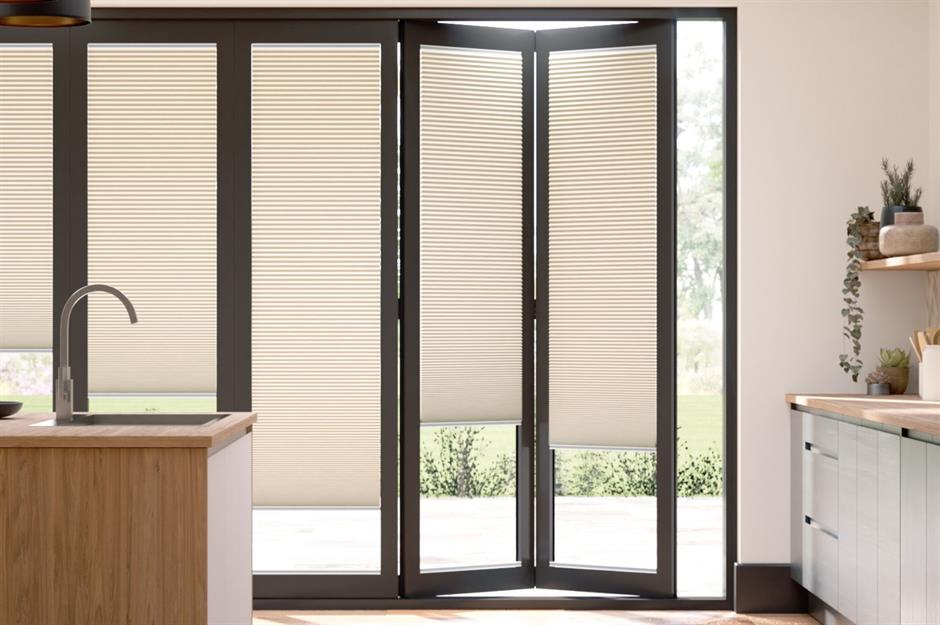
You can't look at an interiors magazine, website or social feed without coming across chic bi-folding doors that blur the boundaries between inside and out.
But before you replace your old patio doors, you need to make sure your new expansive concertinas have the right support and are fitted properly.
Bi-fold door systems are large, top-hung, technical door systems that come with a pretty big price tag, so you'll want them to slide right.
Shorting out on electrics
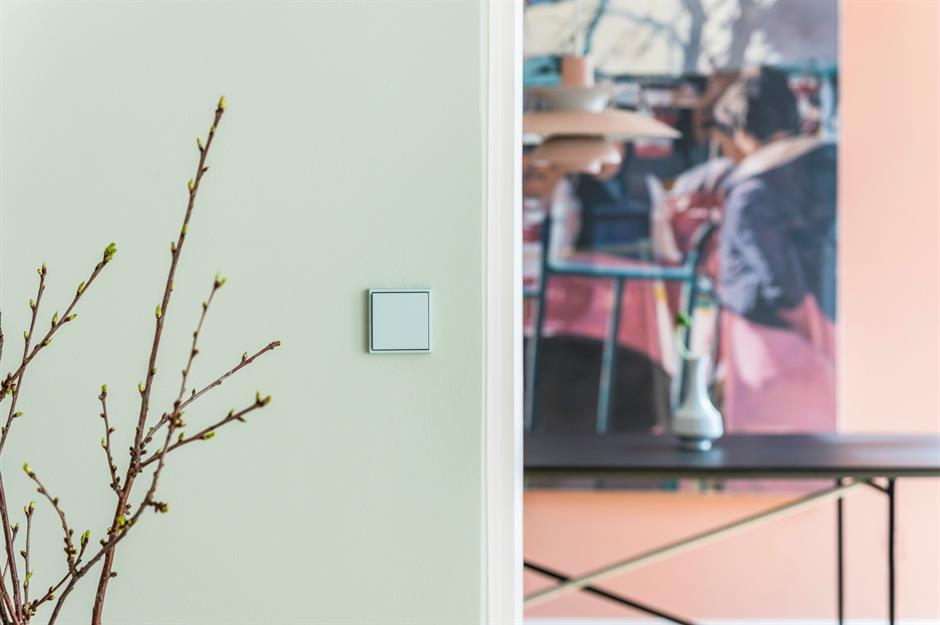
Don't dodge the proper procedures when dealing with the electrics. Enlist a qualified electrician to make sure wiring and circuits are safe and efficient.
When planning, ensure you have allocated enough electrical sockets and lighting combinations and that they are in the correct positions when key elements and furniture are all in place.
Exposing walls without proper planning
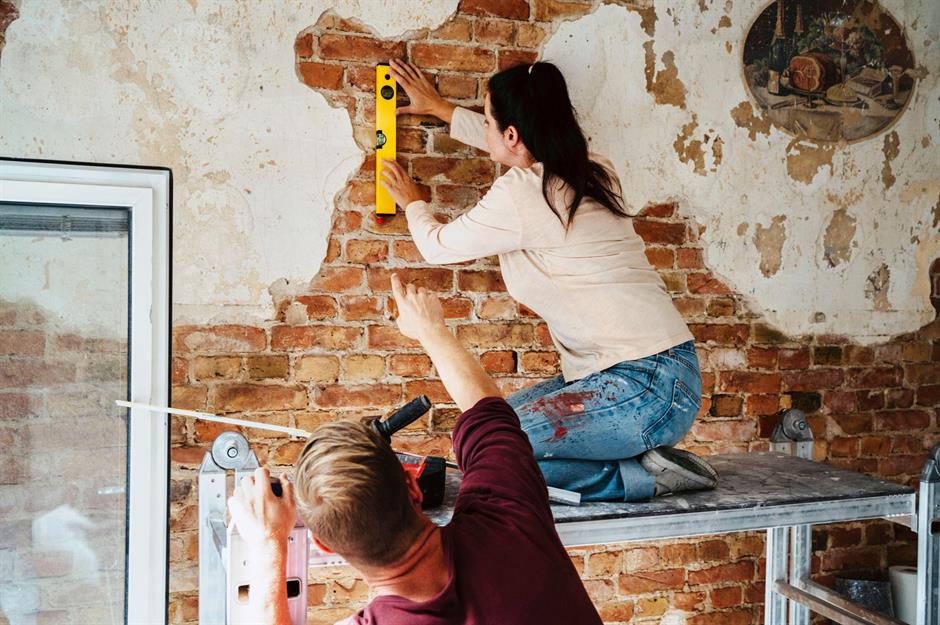
Looking to create a beautifully raw and textured exposed brick feature wall? Make sure the brickwork of the wall you want to strip is the right type of brick you want on show. Grey breeze blocks won't have the same effect!
Choose a wall with the least amount of windows, doors and sockets. If a whole wall is a bit scary, go for a feature like a chimney breast or a kitchen splashback wall. Lastly, be prepared, this project will whip up a dust storm.
Alternatively, brick slips will allow you to create a focal feature without all the hassle or mess.
Not requesting a new insurance quote
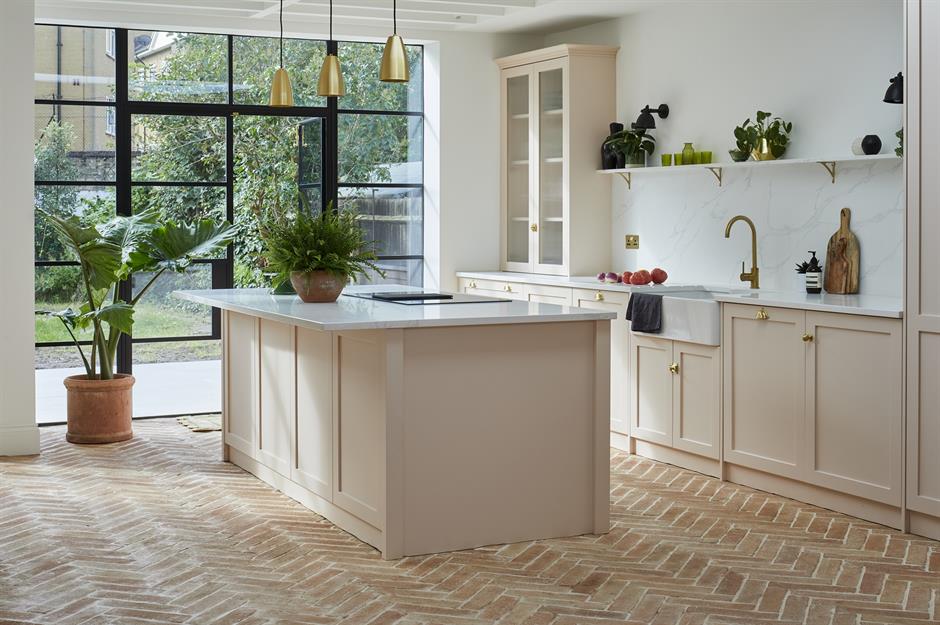
Hopefully, you will have already informed your home insurance company that you are undertaking a renovation, but don't forget to get back in touch once your project is completed.
Finishing a perfect renovation with a few added luxuries is an incredible achievement, but you may need to make adjustments to your coverage for your new home.
That extra bedroom with a Juliette balcony or the luxury plunge pool in the freshly landscaped garden will need a new assessment so you have peace of mind if disaster strikes.
Not following a flow
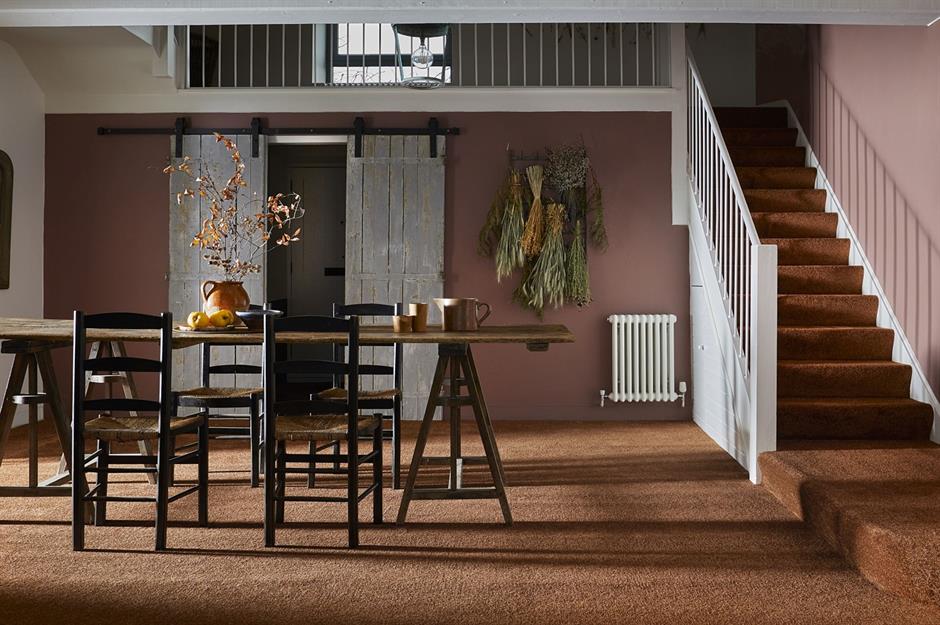
If you are altering layouts, changing to open-plan or shifting kitchens and bathrooms to other rooms, ensure the walk-through path still works and it is easy to manoeuvre around your home.
Then, hone in on individual room plans; consider the kitchen work triangle or balancing focal points in the living room.
Impractical design choices
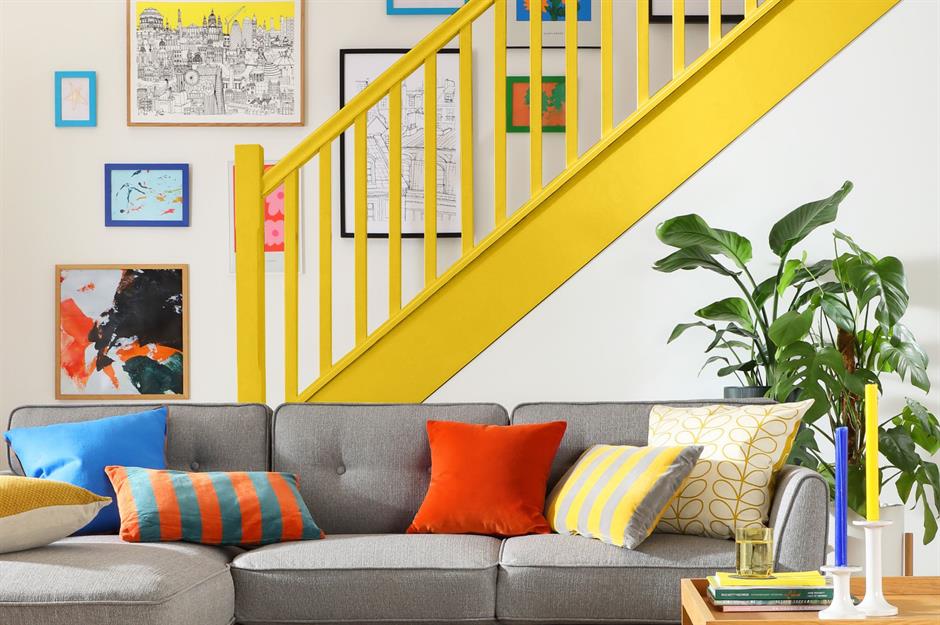
A stylish and striking interior design may seem a glorious idea and make you the envy of your friends, but is it really practical and safe for everyday living?
Perhaps it's better to leave the floating stairs, low-hanging chandeliers and super-slippery, polished floors in favour of a solid design that's comfortable to use every day.
Not considering soundproofing
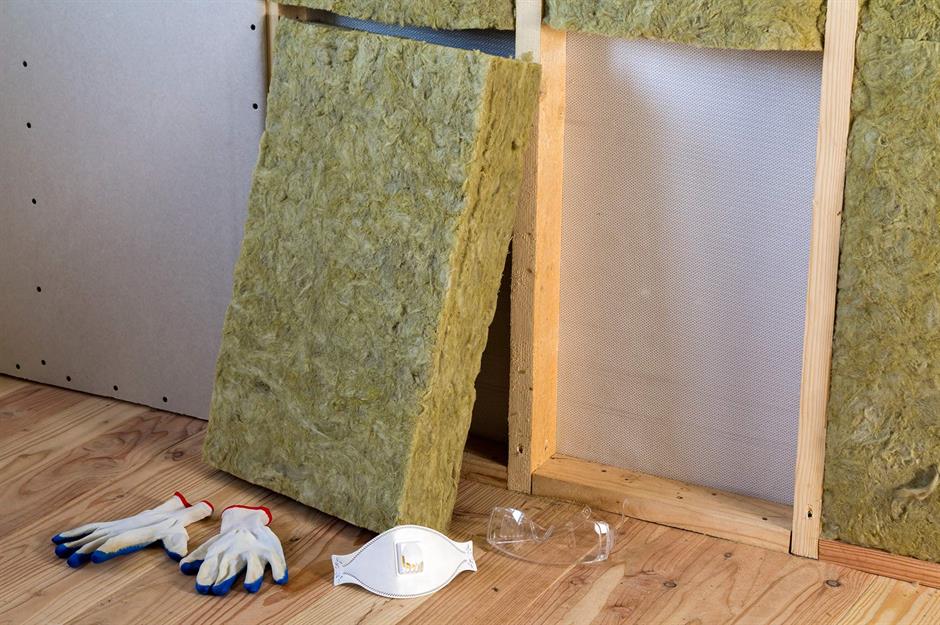
Soundproofing a home is often overlooked, but it's a necessary consideration for young families who make a lot of noise but need quiet when it's bedtime. Also, period properties will benefit from an acoustic design update as they do not meet the soundproofing demands we have today.
Poppy Szkiler, founder of the Quiet Mark charity, explains: “Planning acoustic design helps create a long-term peaceful, protective, comfortable-feeling living environment, missing this vital step can lead to annoying reverberation."
Forgetting fundamentals

The boring bits like guttering, cladding and 'making good' outdoor spaces once building work is finished are often an afterthought, but the costs can add up.
Take your time choosing the materials; after all that hard work, a rush job could let your efforts down, resulting in exterior damage or a house that looks unprofessional and unfinished.
Not carefully considering open-plan living
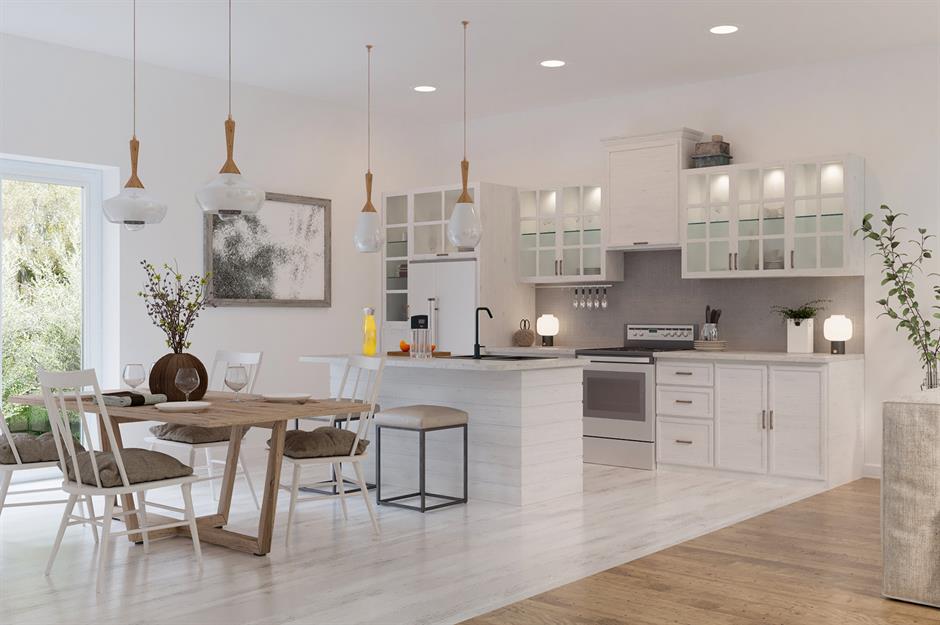
Open-plan layouts are popular, but this style isn't for everyone. In removing walls, privacy is reduced and noise is amplified, so if you have pets or children, walls and closed doors could be beneficial. “Your space needs to be practical for your lifestyle," explains Ben Lee of Vita Architecture.
"Living rooms are usually cosy, so they don’t always work being located beside a busy kitchen. Lots of people show us clippings of open-plan spaces and ask for replica designs, but it’s important to understand the constraints and opportunities of your interior, and how these fit into your vision." If you opt for an open plan, try subdividing the room into zones to give purpose to each space.
Loved this? Check out more home renovation inspiration and advice
Comments
Be the first to comment
Do you want to comment on this article? You need to be signed in for this feature